innovation
professional expertise
Corrugated cardboard is used to protect products from all kinds of damage; to avoid waste; to gather, stock, transport, distribute, serve and arrange products; to communicate information and to attract customers. It is useful before, during and even after it has served its main purpose. This demonstrates the expertise of corrugated cardboard manufacturers, who have managed to adapt the natural qualities of their product to the constraints and changing expectations of the market.
packaging – essential to product preservation
Much of the activity of the corrugated cardboard industry concerns packaging. Although often criticised and deemed unnecessary, corrugated cardboard packaging is actually indispensable and plays a crucial role in sustainable development. Indeed, when it is used, the vast majority of products are delivered to the consumer in perfect condition. In general, during bulk transportation, product loss can exceed 50%.
Across the world, more than 30% of food products are spoiled or destroyed each year due to inadequate packaging.
(Source: F.A.O. – Food and Agriculture Organization)
some examples
of innovative packaging
brioche display box
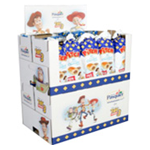
This brioche display box enhances the visibility of shelved products, with its large front-opening section which can be folded back to form a header panel for end-of-aisle display. Printed using high-definition flexography and designed to take account of logistical constraints, this box is produced using high-speed technology despite its large format.
mini-container
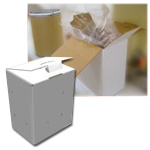
Intended as an alternative to cylindrical barrels holding 20 kg of starch, this mini-container was designed to satisfy the logistical requirements of a delivery to Asia. Made out of a single material, with an auto-lock bottom for ease of assembly, a U-shaped wedge to counter-balance the pressure of the powder and a tamper-proof fastening, it combines efficiency, safety and strength, whilst helping to preserve the environment.
cheese shop product box
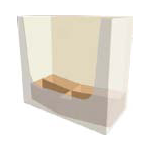
This object is used to raise the base of a cheese shop product box, so that the content is more visible and accessible. Using a system of “triple struts” to create false volume, this design saves on material, reduces the amount of waste during production, shortens the assembly time required and economizes on storage space.
lamp packaging
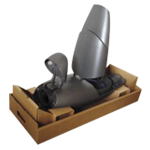
This lamp packaging consists of a tray, two wedges which provide support when the lamps are assembled on the production line, and a top section. The two handle slots in the top section fit together with those in the wedges and the tray, forming an interlocking set which is easier to carry. This packaging conforms to ISO standard 14001, in that it facilitates product assembly by operators and protects the product.
box of 100 kg units
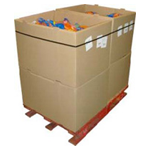
This box consists of 100 kg units, which can be stacked in sets of two alongside one another on an 800 x 600 pallet. The top unit can be removed when empty to allow access to the bags of carrots below. The bottom flaps can be opened to allow continuity between one box and the next. As a whole, this product presents both logistical advantages (due to the lack of bulging at the sides) and environmental benefits.
corrugated cardboard gift case
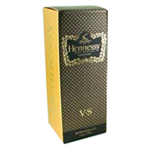
A number of techniques were used to create this corrugated cardboard gift case: flexo printing on the inside using an ink and a lacquer, UV offset printing on the outside using four inks plus two lacquers applied using spot-lacquering, and localised embossing on each of the shiny gold-printed zones to achieve a relief effect. The “quilted” effect was achieved through pressing, with the rules printed in gold. In total the manufacturing process involved eight different stages.
innovation in other sectors
The qualities of corrugated cardboard have attracted and inspired other sectors, where it is used to make:
eco-homes
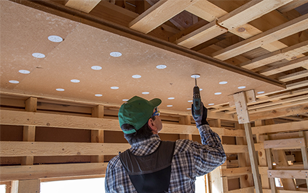
Corrugated cardboard is being promoted as a new way of creating an ecological and affordable home. This (patented) idea involves gluing together water-proofed and fire-proofed sheets of strong cardboard to form a sheet which is 20 cm thick. This is then inserted into a wooden frame and the resulting panel can be used as a wall, a roof or even a floor.
cardboard coffins
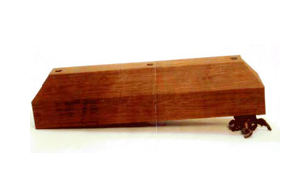
These are becoming a common alternative to traditional coffins. They are biodegradable and cause less pollution if they are used in a cremation. They have also been used by humanitarian relief programmes in the aftermath of natural disasters.
cardboard furniture
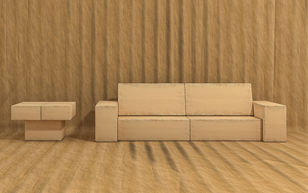
Light, sturdy and 100% recyclable, this eco-friendly furniture can be personnalised, disassembled and reassembled again.